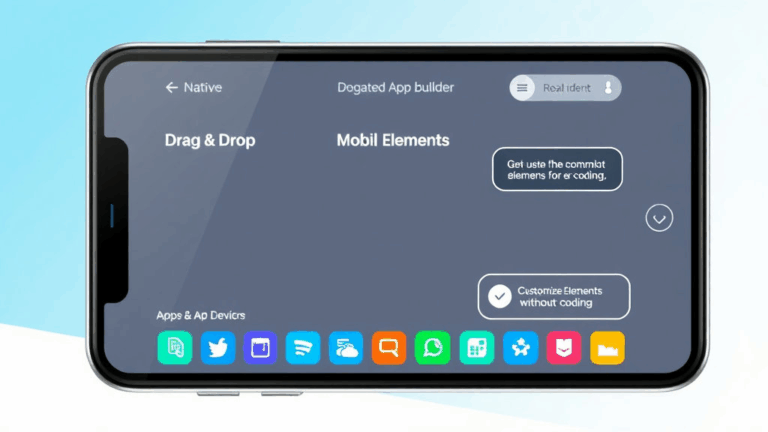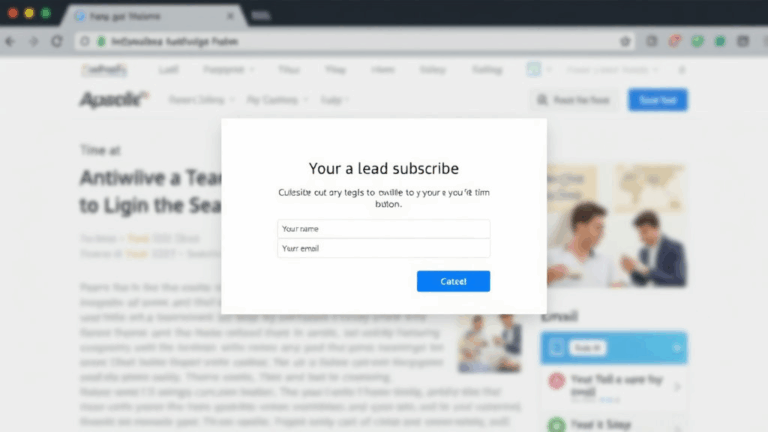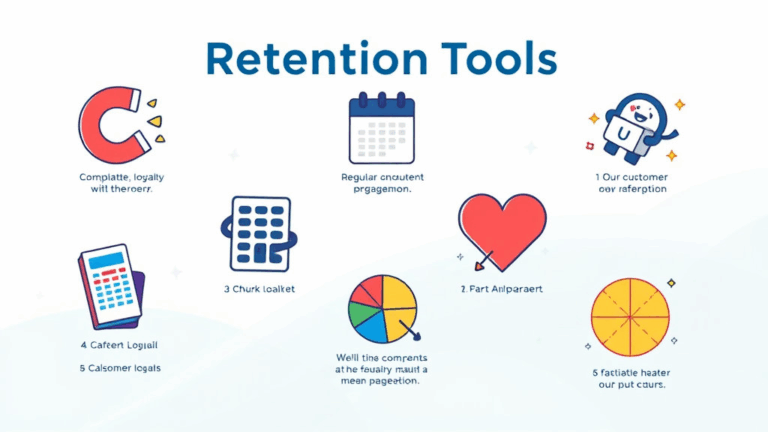What Actually Works When Automating Content Distribution
Publishing Delays and the Hidden Caching Wall
If you’re automating blog or product content distribution — especially across platforms like Medium, LinkedIn Articles, or your own CMS — a big unspoken issue is caching, and how platform-side delays ruin your publishing logic. I once spent an hour debugging a script that pulled released Markdown files into our CDN-published site, only to realize Netlify was holding onto a stale cache *even after* an API-triggered deploy message. Clearing cache manually solved it. Not exactly scalable.
What no one tells you (except the angry tweet replies) is that lots of platforms, especially CMS headless platforms like Ghost or Webflow CMS with their API rollouts, will report success in upload/posting endpoints — but your content won’t visibly propagate until whatever internal worker queue or regen process clears. There’s zero warning. So when you automate a post to go out at 10:00am and expect it to be live on three platforms simultaneously… yeah, you’re in trouble.
The workaround that’s semi-reliable? Adding a buffer period in your scheduler. Post -> wait 5 minutes -> verify live URL from the front-end URL -> only then cross-publish. Brutal, but it avoids broken links and missing images on Twitter preview cards.
Medium’s API Doesn’t Do What You Think After OAuth
Medium’s API is limited, and I don’t mean “some endpoints are read-only.” It’s locked into a single blog under your user auth. If you manage multiple publications, or even switch roles (admin/writer), the API token doesn’t upgrade with you — you get the perms from the moment of token grant. I had to revoke and reauthenticate just to publish as an editor. Obvious in hindsight, but not in their auth doc.
Medium’s API token scope doesn’t dynamically track changed roles — it freezes the auth level on token creation.
Also, there’s a sneaky failure mode: if you try to submit to a publication slug without sufficient rights, the API response is just a 403 without context. No breadcrumbs, no actionable logging. You either step-debug the token refresh or test your current token against a trial post. That’s the only reliable way to confirm what level of access the token gives.
Syndication Formatting Collisions on LinkedIn Articles
LinkedIn Articles are the worst place to paste already formatted HTML or Markdown content — because the source format collides with their editor’s hidden sanitizers. You paste a block quote, and LinkedIn turns it into monospaced inline font. Or adds extra paragraph padding you can’t remove. I literally opened dev tools and found that their editor injects newline+nbsp spans at unpredictable points when you paste nested elements.
What weirdly works
If you paste plain text *without* formatting and apply formatting inside LinkedIn’s own editor (bold, bullets, etc), the output looks clean and performs better across mobile and desktop. But if you process content for automated pushing: skip the rich paste entirely. Convert to plaintext post-render, then reapply formatting using their pseudo-API metadata system — which, yes, is undocumented and not publicly available for article-level posts. We script it via a headless browser automation in Playwright, which is fragile but gets the job done.
How Cross-Posted Permalinks Break SEO Without Warnings
Say you automate publication of the same piece across your blog, LinkedIn Articles, and dev.to. Cool. Now check Google Search Console a week later: duplicates flagged, original URL de-ranked. Why? None of those platforms respect your canonical link unless you very specifically embed it inside their structure — and some just discard it.
dev.to handles canonical links decently, at least if you insert the correct meta tag in the YAML frontmatter before you post. LinkedIn flat out ignores it. Medium tries to guess it based on when it sees two URLs with the same content, and usually picks… wrong.
# dev.to canonical example
date: 2023-06-01
published: true
canonical_url: https://yourdomain.com/blog/this-post-title
What threw me was realizing Google obeys *who indexed first*, not who published first. So if your LinkedIn piece gets hit by search spiders before your canonical blog, too bad. Your domain loses authority. One week of this cut our site’s featured snippets in half.
Pushing to Substack Isn’t Publishing
Substack lets you pre-fill drafts via internal APIs (yes, unofficial, undocumented) but even if you get everything right — body, image URLs, title, tags — the post sits as a draft. There is no programmatic “publish” endpoint, so distribution stalls until someone clicks manually. Not ideal.
Because of this, I set up a hacky webhook on our Airtable-based CMS that sends a Slack ping for Substack posts with the title pre-filled. That way whoever’s on call can head in and click publish. Crude, but faster than typing everything in manually. Their team knows this is missing; in fact, someone mentioned in a Substack forum thread two years ago that publish-on-post was “under review.” Never heard anything since.
CDN-Replicated Blogs Can Drift From Source
If you’re distributing content using multi-origin setups — say, you run a website that pushes builds to Vercel and static mirrors on Cloudflare Pages — and you tie that system into a CMS that emits post metadata via webhooks, one of the slippery problems is partial build sync. Especially when using image optimization or rewritten asset URLs.
We had an issue where the author field was updated in the Sanity CMS, triggering a new build on Vercel. But because Cloudflare’s Pages project uses Git push triggers and not webhook-based rerenders, it kept the old author cached for 48 hours. Google indexed both and treated them as two separate blog records. Canonical URL didn’t help, because asset URLs had also changed — in fact, the rendered text was identical, but images were from different CDN subdomains.
Tips that became non-negotiable:
- Always verify which platform is caching what kind of content (HTML vs assets)
- Use consistent CDN image paths, or proxy to a shared host
- Stamp a version hash in post metadata and check it propagates end to end
- Add a post build delay to any CDN that doesn’t auto-regenerate
- De-dupe via sitemap XML and
<link rel="alternate" hreflang>when possible
This stuff makes debugging “ghost 404s” (no error, content looks fine, but nobody sees it on search) way easier.
Zapier and Make Break on Rich Text Inputs
We had two Zaps fail silently after a CMS text field that used typographic quotes was submitted. Turns out Zapier’s webhook step chokes on nested smart quotes in multiline fields when passed without prior sanitation. No error logs, just no data passed. We moved those to Make.com, which let us raw-inspect the payload — and there, you could see the broken input field had curly quotes that messed up the internal JSON parse.
If you’re piping Medium posts through a Make workflow for post-processing (e.g., tweet previews, Slack pings), sanitize the body field through a UTF-safe normalize pass. I use a simple lib that strips typographically fancy characters and replaces with dumb ASCII, just for transport. Then enrich post-side with formatting.
Syndicated Video Articles Have Metadata Collisions on AMP
If you distribute an article with embedded YouTube or Loom content to both an AMP-compatible site (e.g., Google News, Discover) and a secondary CMS that transforms embeds differently, you can end up with duplicate og:video metadata. Some platforms don’t de-dupe properly — they emit both, or in the wrong order. Weirdest bug I saw:
AMP page passed validation, but Google News ignored the video preview — because the transcription content conflicted with the open graph description field. No errors, just… no card.
I fixed that by enforcing og:video pointing to a canonical viewer (YouTube embed URL), not a mirror or privacy-layered tube page. Also had to trim the description to under 150 chars including punctuation — another undocumented limit, apparently now enforced more aggressively.
Webhook Timing Races in Distributed Publishing
You can’t trust that webhook A fires before webhook B, even when you design your publishing automation that way. I had a sequence: CMS update → trigger Push to CDN → wait for publish ID → post to Twitter with live link. Problem: the “live link” sometimes hit a 404 because the CDN wasn’t updated fast enough. Turns out the webhook for CDN push had no completion callback, just a fire-and-forget POST.
The fix was dumb: I had to poll the target URL three times, five seconds apart, and pass the response code downstream. If HTTP 200 wasn’t retrieved within 20 seconds, cancel Tweet. I added jitter to avoid multiple hits on the minute mark.
A better long-term path would be event sourcing pipelines, but for most ops struggling to get content out across 5 destinations before lunch? You go with what runs on Monday morning without manual babysitting.














